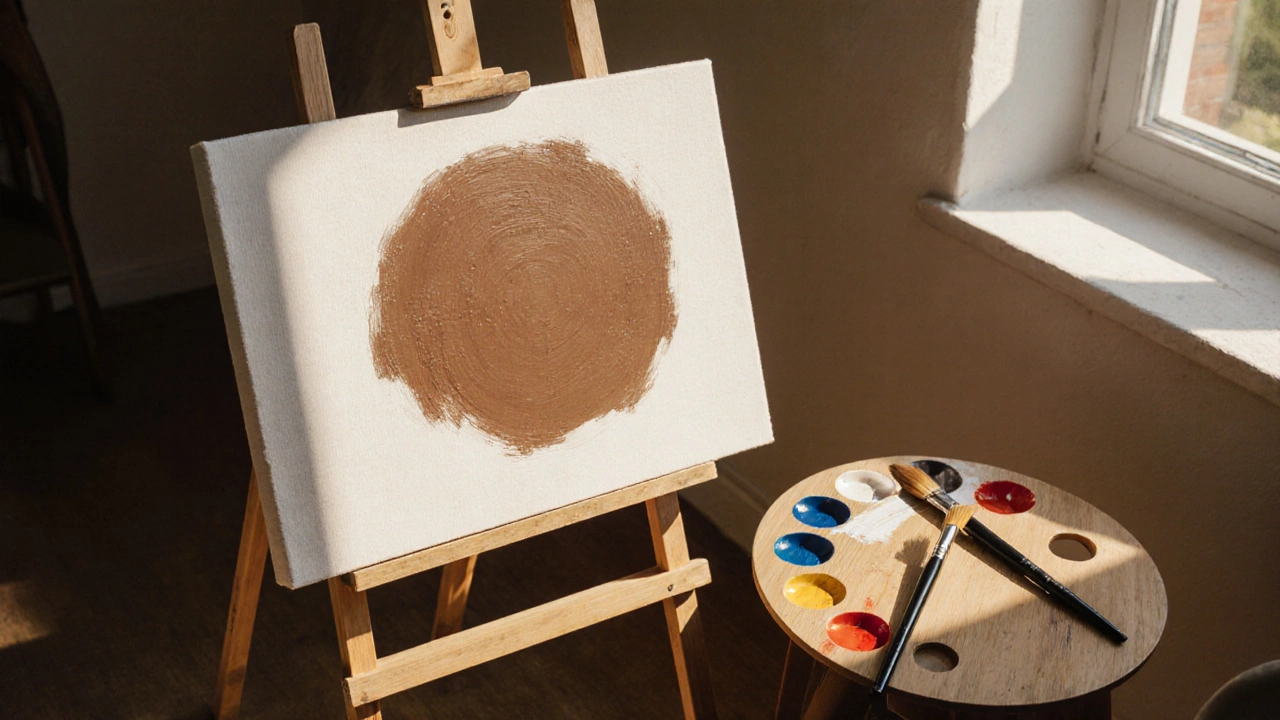Beginner Oil Painting: Tips, Techniques & Supplies
When working with beginner oil painting, the practice of creating artworks with oil paints while just starting out. Also known as oil painting for beginners, it opens a world where color, texture, and light blend on canvas. Oil painting techniques include glazing, impasto, and soft edge blending are the toolbox that lets a novice move from flat washes to rich depth. Oil painting supplies cover brushes, canvas, pigments, and mediums needed to start form the foundation; without the right gear, even the best technique stalls. Finally, color mixing the art of combining pigments to achieve desired hues and values fuels every brushstroke, turning a simple palette into a vibrant story. Together these elements create a learning loop: beginner oil painting requires proper supplies, supplies enable technique practice, and technique refines color mixing skills.
Key Concepts Every New Oil Painter Should Know
First up, mastering glazing gives you a transparent layer that deepens color without muddying the surface – think of it as building depth with thin films of paint. Impasto flips the script by laying paint thick, letting you sculpt light with texture; it’s the bold move that makes a still‑life pop. Both glazing and impasto rely on a solid understanding of color mixing, because you need the right hue before you decide how opaque or transparent to make it. Another essential skill is edge blurring, where you soften hard lines to create realistic transitions; this technique connects the dots between fore‑ground detail and background atmosphere. When you pair edge blurring with proper brush selection – using a soft sable for smooth blends and a stiff hog for heavy impasto – you unlock a range of effects that beginners often think requires years of experience. Remember, each technique influences the next: glazing builds saturation that makes edge blurring easier, and impasto adds physical depth that enhances light interaction.
Now, let’s talk supplies. A pre‑stretched canvas or a quality canvas board provides a stable surface that won’t warp after several coats of oil. Choose a basic set of brushes: a flat brush for broad strokes, a filbert for rounded edges, and a fine liner for detail work. Your palette should include the primary colors (red, yellow, blue), a white, a dark neutral (like Payne’s gray), and a couple of earth tones – that’s enough to mix a full spectrum. Mediums such as linseed oil or walnut oil extend drying time and improve flow, while a reliable solvent like odorless mineral spirits helps clean up between colors. Budget‑friendly options exist: many art stores sell starter kits that bundle these essentials, and a modest investment in good brushes pays off in smoother application. Once you have the basics, experiment with varnishing – a thin, protective finish applied after the paint dries completely seals your work and brings out the final sheen. With these tools in hand, the jump from a simple sketch to a polished oil painting feels natural, not daunting.
Below you’ll find a curated selection of articles that dive deeper into each of these areas. Whether you’re looking for quick color‑mixing charts, step‑by‑step glazing tutorials, or advice on choosing the right canvas, the posts ahead cover the full spectrum of beginner oil painting topics. Explore them to build confidence, refine your technique, and start creating vibrant, lasting artworks today.
